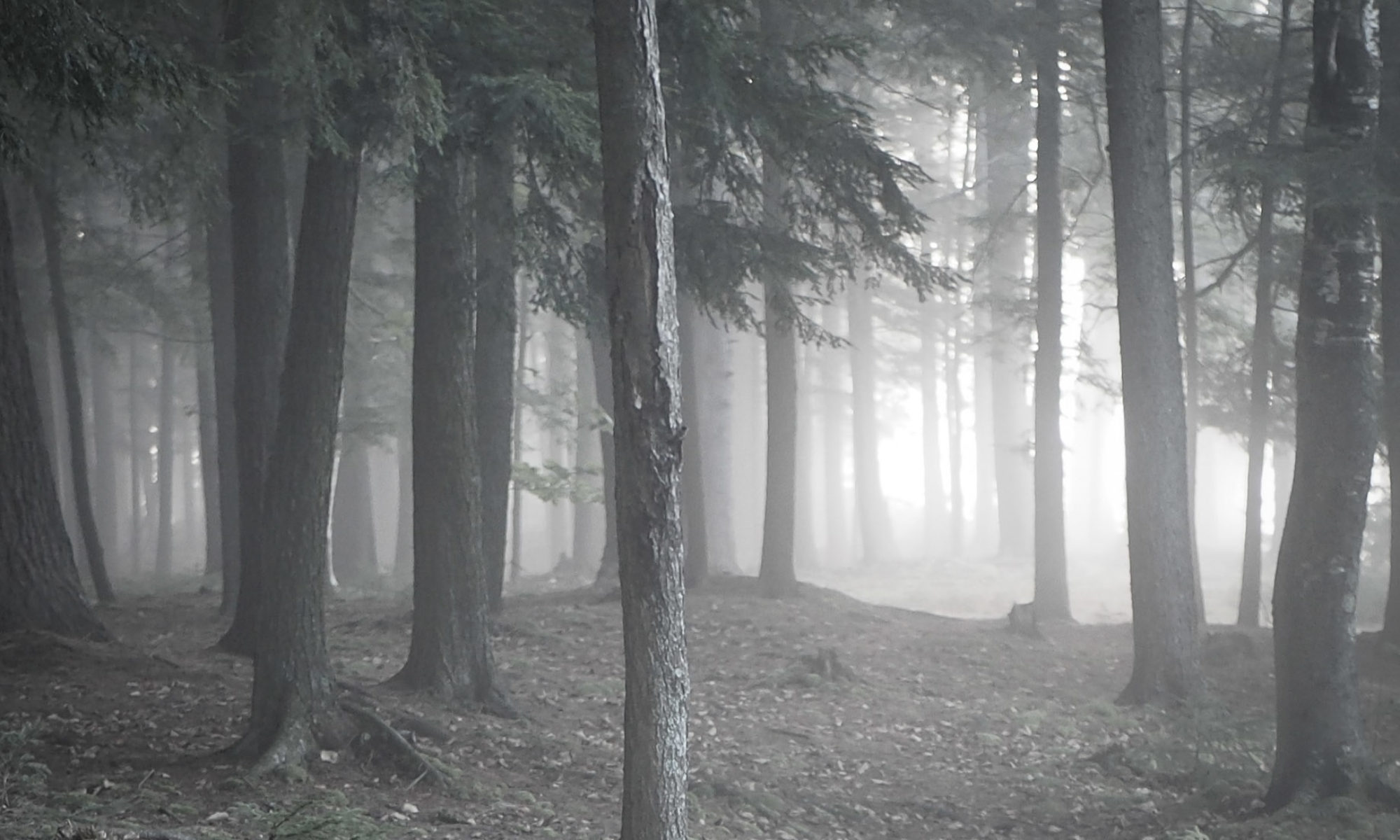This recipe is focaccia and / or rustic french loaf aka pain à l’ancienne. Following are abreviated instructions to use a reference while preparing and baking. Longer notes follow.
The quantity will make two loaves or four smallish pizzas.
Prepare the dough
- Put the ingredients in the mixer bowl:
- water: 480g
- flour: 650g
- table salt: 6g / 1 tsp
- instant yeast: 7g / 2 tsp
- Mix for 8 minutes on KitchenAid Artisan speed 2.
- If no-one else needs the bowl, cover with plastic wrap and refrigerate overnight. Otherwise move to another bowl, inside coated with oil.
- In the morning cover two large cookie sheets with baking parchment, and on that sprinkle semolina flour or cornmeal.
- Put half of the dough on each, brush on oil, cover with plastic film, then leave to rise.
Bake
- Put about 30ml olive oil in a frying pan at medium low. Add dried or fresh herbs. Rosemary and/or dried “herbes de province”. Make an infusion of tasty oil.
- Get a tin of black olives, cut the olives into halves or smaller. Sprinkle them on the dough, and then push them all the way down to the pan with your fingers. Make dimples where the oil can collect.
- Brush the oil on the loaf.
- Sprinkle two pinches of sea salt on the top. Go easy, less is better than too much.
- On the middle shelf of the oven, but a stone tile big enough for your bread. On the bottom shelf put an empty pan.
- Preheat the oven to its maximum temperature, usually 260°C but 290 if possible.
- Open the oven and slide the parchment and bread onto the baking stone. Pour half a litre of boiled water into the empty pan. (Dangerous, be careful of steam and splashing!)
- Shut the oven, turn it down to 220°C, and bake for about 15 minutes. The crust should be golden brown and the interior should be at 96°C. When done, put the loafs on a drying rack.
Notes
Proofing
Optionally put the water in the mixer bowl and bring it down to fridge temperature before adding the dry ingredients and mixing. This is to “proof” the fermentation which gives the dough a richer flavour and texture.
Ingredients
Unbleached general purpose flour is good. Eventually some whole wheat can be added for variety, along with various seeds etc. But traditional bread and focaccia are just white flour.
Just use normal cheap table salt. Sea salt and kosher salt etc. is a waste of money. Course salt is good for the focaccia topping.
There are two kinds of yeast: instant and active/dry. Instant is easier and gives the same result.
Proofing / fermenting
The dough can stay in the fridge for a day or two. Also it could be taken out before going to bed, then baked the following morning. All of this is still up for experimentation.
We’ve found the bread a little heavier than traditional bread. I may experiment with letting it rise after shaping, but normally I put it straight in the oven.
Baking
The goal of the baking stone is to bake the bottom of the loaf. The bigger and thicker the better.
Water is added to the pan to humidify the air. Professional ovens have a steam jets for this. When adding water be careful not to get any on the glass of the oven door, because it may crack. The thicker and heavier the pan the better. A cast-iron frying pan is good.
The timing and temperature are all still open to experimentation. I’ve been using a mix of fan and no fan in the oven. You just have to stand there and watch it bake. Sometimes it bakes unevenly and it’s worth while to open the oven and carefully rotate the parchment 180°. However, resist the temptation to open the oven to check on the bread. The oven will have difficulty maintaining such a hot temperature as it is.
